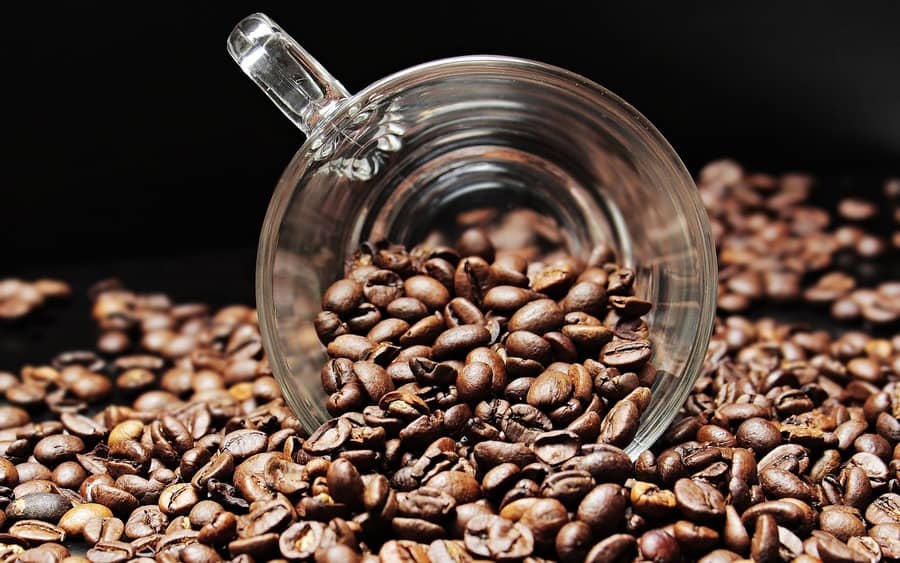The sales flow of coffee from Brazil’s 2023 crop remains erratic, without great linearity in the posture of sellers and in the progress of sales by producing regions. The fact is that even at a very steady pace, sales advanced well last July, reflecting the greater physical availability of coffee in the market. The larger crop reaped that year and the more cautious behavior of buyers, due to economic and financial uncertainties, improved the performance of negotiations.
What draws attention is the fact that coffee offers have been lower than expected, especially in cooperatives. And this generates some discomfort, as it contrasts with the idea of a full crop. It is not possible yet to say that production is smaller than initially expected, not least because the harvest monitoring has confirmed a full crop. Perhaps, it is justified by a readjustment of commercial priorities of growers at the beginning of a new business cycle.
In any case, some time is natural between the harvest, processing, resting, and subsequent availability of this coffee on sale terminals, such as brokerage houses, cooperatives, warehouses, and trading companies. Moreover, growers left coffee resting a little longer this year. And many have preferred first to oxygenate their cash and prepare coffees for delivery and liquidation of forward commitments, which postpones the arrival of coffee to the cooperatives’ warehouses.
Thus, SAFRAS monthly survey pointed to a commitment by growers of 41% of the potential of Brazil’s 2023 crop through August 8. This percentage involves, besides the physical sale, also barter operations, locks with trading companies, and rollovers from the past crop. Even with good progress compared to the previous month, the flow of sales remains below the same period last year, when it reached 45% of the expected production, and below the 5-year average for the period, which is around 46%.
Arabica coffee sales reach 39% of production, well below the same period last year and the 5-year average, both at 45%. Some growers took advantage of the high volatility in New York and the dollar to close some sales, but most still remained on the defensive, betting on an upward turn. Financial volatility and still very high real interest rates in Brazil, even after the cut in the Selic rate, should continue to weigh on the sellers’ decision-making.
More conillon sellers have shown up in the market, especially in Espírito Santo. The trigger for sales is linked to the final stretch of the harvest and, mainly, signs of slowdown in the upward curve of conillon prices in the domestic physical market. In Brazil, there was a slowdown in the flow of purchases by the roasted and ground industry. At the same time, competition with weaker cups of arabica in the preference of the local industry has increased. All of this ended up stimulating a more active posture on the part of sellers. And conillon sales in Brazil advanced to 46% of the 2023 crop and already exceed the 45% sold in the same period last year, still slightly below the 5-year average at 47%.

